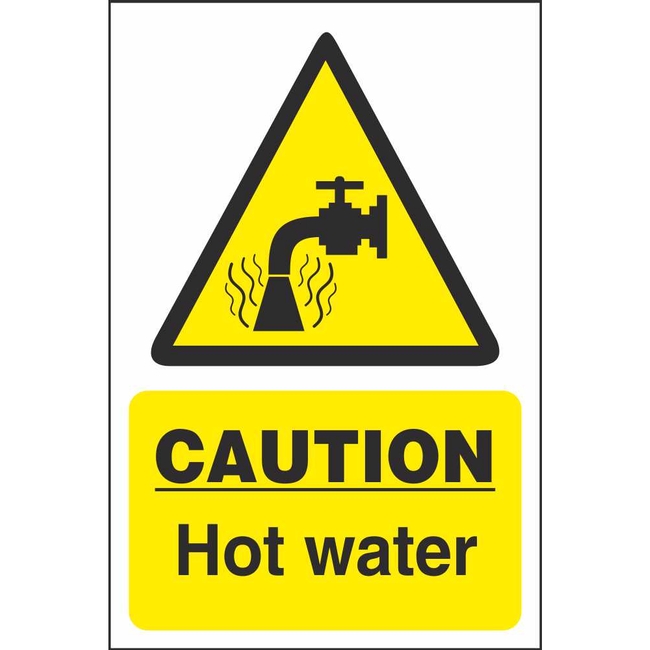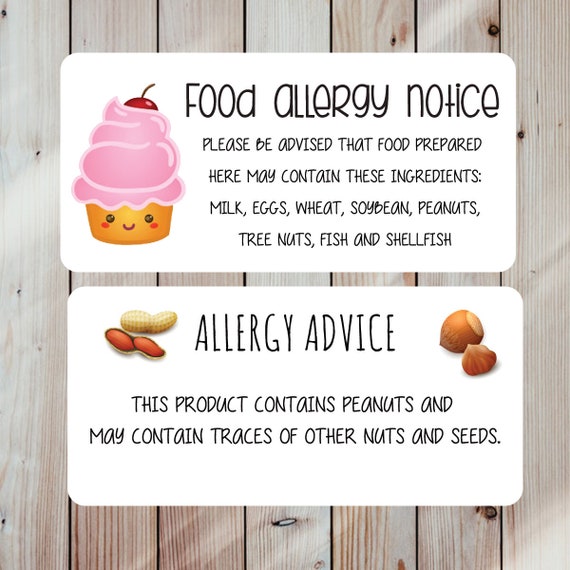41 how to understand food labels uk
10 tips for understanding food labels - Heart Matters magazine Here are 10 easy tips to help you read back-of-packet labelling: 1. Read the ingredients list . Most pre-packaged foods have an ingredients list on the back of the packet. Everything that goes into your food will be listed in weight order from biggest to the smallest. How to decode a food label - BBC Future Some nations, like the UK, have a traffic light system for nutrition that expresses how healthy a processed food is in terms of fat, saturates, sugars and salt, using the colours red, amber and...
How to read a nutrition label - The Food Medic If a food doesn't have a traffic light label you can use the information per 100g (or 100ml) to work out the classification for yourself. Fat: 3g or less is low (green), 3.1 - 17.5g is medium (amber), more than 17.5g is high (red) Saturated fat: 1.5g or less is low (green), 1.6 - 5g is medium (amber), more than 5g is high (red)

How to understand food labels uk
Personalised Labels & Stickers | Handy Labels The round symmetry lends itself to many uses. Items for sale, bottle labels, cosmetics and lip balm labels, logo prints and they're also ideal for those who want to use them as price stickers, sealing gifts or as a reward on a sticker chart for children. Round labels come in a variety of sizes, this can range from as small as 10mm in diameter ... How to Read Food Labels | Institute of Health Sciences Some front-of-pack nutrition labels use red, amber and green colour-coding. Colour-coded nutritional information, as shown in the image above, tells you at a glance if the food has high, medium or low amounts of fat, saturated fat, sugars and salt. Red means high. Amber means medium. Green means low. Food labelling - Making Sense of Sugar - UK Reference Intake labels show you the energy (both in kJ and kcals, but most of us know these as calories) per 100g or per 100ml, and the amounts of energy, fat, saturates, sugars and salt in a serving or a portion, along with the % Reference Intake of each nutrient and energy value. contains a high (red), medium (amber) or low (green) amount of ...
How to understand food labels uk. How to Read Food Labels | Nutrition | Holland & Barrett Colour-coding the front-of-package food label is designed to make it easier to see what a product delivers nutritionally and whether it has high, medium or low levels of fat, saturated fat, sugars and salt. Red means high. Amber means medium. Green means low. Remember, these colours are only a guideline, as "green" foods can still be full ... › hub › importance-ofThe Importance of Food Labels | Requirements for Packaging Sep 07, 2018 · Your pre-packaged food must include the following on its labels: The name of the food. This must be a true representation of your product and must not be false or misleading. A list of ingredients. You must use ‘Ingredients’ as the heading and list the ingredients used to make the product in descending order of weight. PDF Understanding of Food Labelling Terms Understanding of Food Labelling Terms Used to Indicate the Absence or Reduction of Lactose, Milk or Dairy 7 their understanding was also hindered by a lack of clarity about the meaning of the... safefood | How to read food labels Some labels use colour coding to show at a glance if a food is high, medium or low in fat, saturated fat, sugar and salt. Low (green) - the best choice Medium (amber) - okay most of the time High (red) - only choose occasionally. If the label isn't colour coded, use our label decoder as a guide.
How to Understand food labels - Practical tips and advice Low fat: 3g or less per 100g High fat: 17.5g or more per 100g Low saturated fat: 1.5g or less per 100g High saturated fat: 5g or more per 100g Salt The recommended amount of salt per day is 6 grams which is around a teaspoonful. Most of us consume double this amount which increases the risks of high blood pressure and cardiovascular disease. Food labelling - get into the habit of checking the label Look for five key points on the label: 1. Energy The terms 'kJ' and 'kcal' (calories) tell you how much energy is in a product. Women need an average of 2,000 kcal a day and men need 2,500 kcal on average. 2. Saturates Saturates is another word for saturated fat. This section tells you about the amount of saturated fat in the product. 3. Salt › nutrition-labelsNutrition labels - Food A Fact Of Life Using a nutritional analysis programme, such as Explore food, can help pupils understand how to use food labels to make healthier choices. Use the following activities: Comparing the label worksheet - uses nutritional analysis to understand and compare nutrition labels; High, medium or low – applying traffic light labelling to recipes; How to read a food label - Cooking Courses in London - Natural Chef Understanding food labels. Being able to understand a food label has never been more important. With so many products claiming to be "sugar-free", "natural" and "a healthy alternative", it's essential to differentiate clever marketing from the real deal. Food manufacturers make it their job to attract our attention to sell us ...
› site-mapAutoblog Sitemap Here's how to disable adblocking on our site. Click on the icon for your Adblocker in your browser. A drop down menu will appear. Select the option to run ads for autoblog.com, by clicking either ... Understanding Food Labels | Ignite | Brother UK Currently labels typically include use-by date, origin of product, allergens, quantity, barcode, name of food, ingredients, nutritional value, name and address of the manufacturer, packer or seller, storage conditions and, if relevant, cooking instructions. Food label issues › live-well › healthy-weightUnderstanding calories - NHS Many labels will also state the number of calories in 1 portion of the food. But remember that the manufacturer's idea of 1 portion may not be the same as yours, so there could be more calories in the portion you serve yourself. You can use the calorie information to assess how a particular food fits into your daily calorie intake. Calorie counters How to understand Nutrition food labels (EU/UK) — Gemma Sampson Here enters the need for nutrition labels, and some code to decipher what they mean: Energy. Energy free - less than 4kcal (17kJ) per 100ml. Reduced energy - at least a 30% reduction from the original product/compared product. Low energy - less than 40kcal (170kJ) per 100g for solids OR <20kcal (80kJ) per 100ml for liquids. Total Fat
Understanding Food Labels Guide | World Cancer Research Fund UK Our simple A5 guide makes it easy to understand nutrition labels on food and drink packaging. It also includes a handy credit card-sized mini-guide for you to use while out shopping. Our guide explains the terms used on food labels including serving size, nutrients, reference intakes and traffic light labels.
› government › publicationsFood supplement use and labels - GOV.UK Sep 26, 2011 · These documents are aimed at all food businesses that manufacture, process, distribute, use, sell or import food supplements. They offer a quick guide to the compositional and labelling rules that ...
How to read a food label | Dietitian UK a 'best before' or 'use by' date. how it should be stored. provide cooking directions, if necessary. a list of the ingredients in order of most to least in quantity. any allergens such as milk, eggs, nuts, wheat written in bold. warnings eg 'may have an adverse effect on activity and attention in children'. country of origin eg for ...
Looking at labels - British Nutrition Foundation You can eat foods with all or mostly amber on the label most of the time. Red does not mean you cannot eat the product, but means the food is high in fat, saturated fat, salt or sugar. We should be cutting down on foods with lots of red on the label, or if they are eaten, to have less often and in small amounts.
Food guidelines and food labels - NHS Food guidelines and food labels. Guidelines and advice about food and food labels, including the Eatwell Guide. Food labels. Water, drinks and your health. The Eatwell Guide. Red meat and the risk of bowel cancer.
How do you read a food label? - World Cancer Research Fund Food labels are based on "reference intakes" for the amount of nutrients and energy needed each day for an average-sized woman doing an average amount of physical activity. It's therefore not a target, as the required amount of food and drink varies from person to person, depending on your size, age and lifestyle.





Post a Comment for "41 how to understand food labels uk"